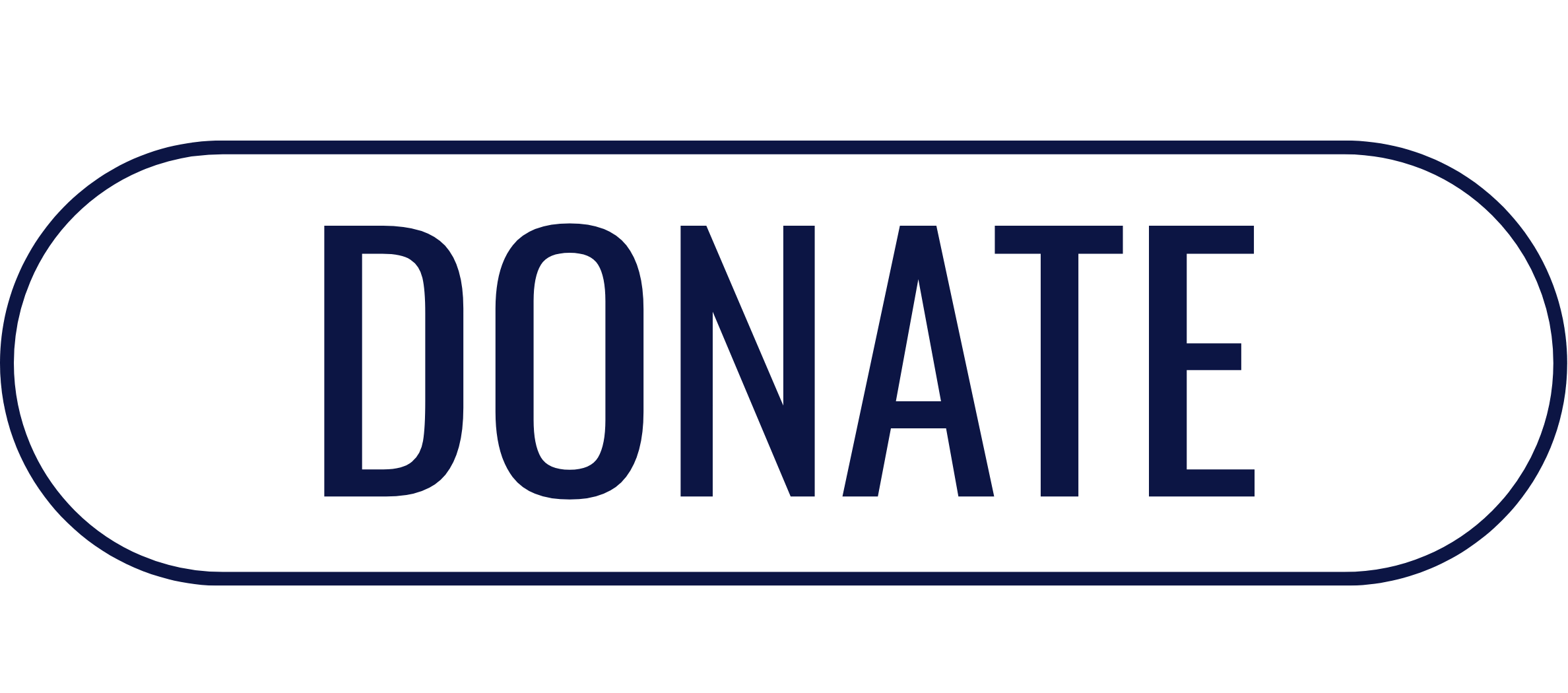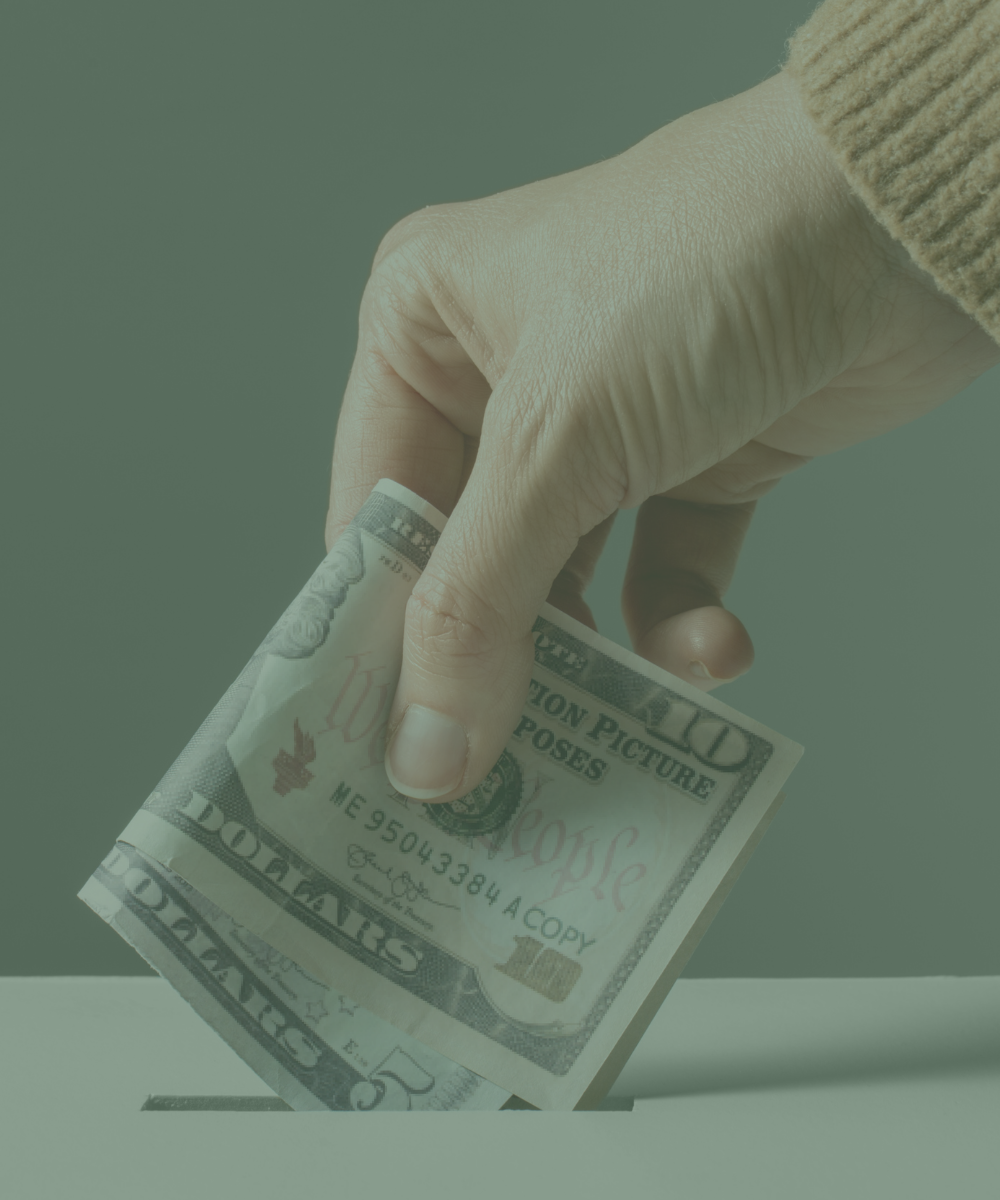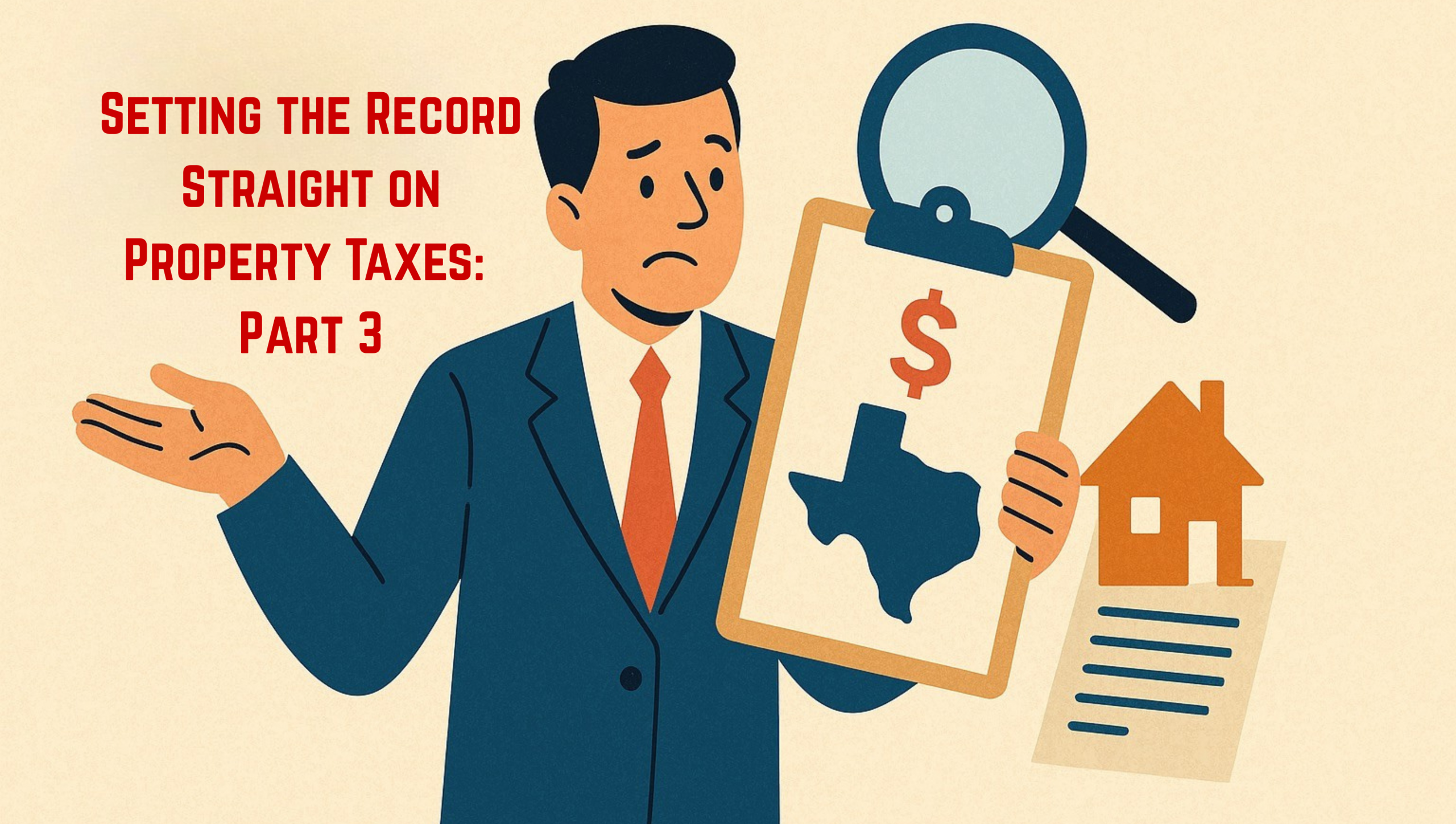With the recent talk about inflation hitting 40-year highs at 7% this past week, there has been a lot of discussions specifically centered on what the Federal Reserve’s strategy is going to be in response. Most of you have probably heard what the Fed is proposing, but not everyone understands the correlation between interest rates and inflation. In this article, we hope to explain what that correlation is.
Both inflation and interest rates are often cited in macroeconomics. Inflation is a term that refers to the rise in the price of goods and services. The most used source of inflation data is the Consumer Price Index (CPI) which is released on a monthly basis from the Bureau of Labor and Statistics. Interest Rates are the amount charged by a lender to borrowers. In the United States, this rate is based on the federal funds rate set by the Federal Open Market Committee (FOMC). In simple terms, this rate is set by the Federal Reserve or the central bank of the US (yes it is a private bank and not a branch of the federal govt). The Fed attempts to manipulate inflation by adjusting this rate, this essentially allows them to expand and contract the money supply.
The US banking system is a fractional reserve system, and in this system interest rates and inflation tend to have an inverse relation.

Why is this the case? Well, this is because as interest rates are reduced, consumers tend to borrow more money because with lower interest rates it is cheaper for them to do so. As more money is lent out, the money supply increases and typically expands the economy, due to all that money being spent, however, the increase in the money supply also causes inflation.
Conversely, when interest rates are increased, people tend to save more and spend less as the rate increase allows higher returns for saving accounts. With less money in active circulation being spent on goods and services, it causes the economy to slow down and inflation to decrease. To better understand why this is the case, you need to understand the Fractional Reserve Banking system which we will cover in future articles.
We hope this overly simplistic article helps you to understand the inverse relationship between inflation and interest rates. Because inflation is at a 40-year high, interest rate hikes will be coming soon. The Fed has promised at least 3 this year.
Educating taxpayers on our monetary system is crucial to advocating for fiscally responsible policies. TFR’s vision is to educate and empower Texas taxpayers to advocate for sound fiscal policy. If you ever have questions, please feel free to contact us HERE.




